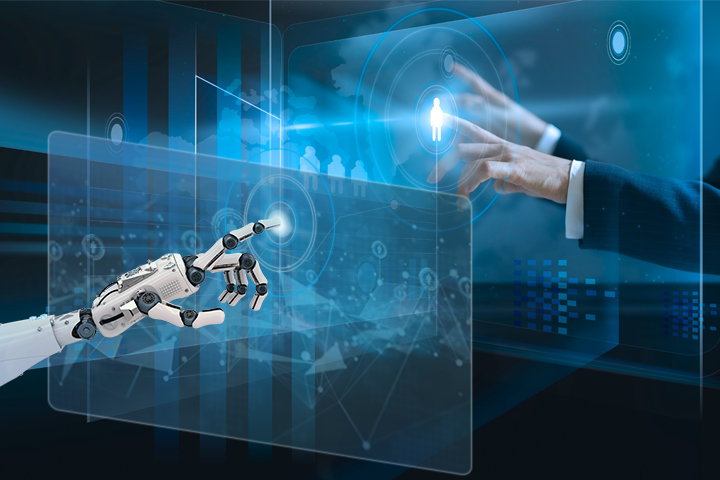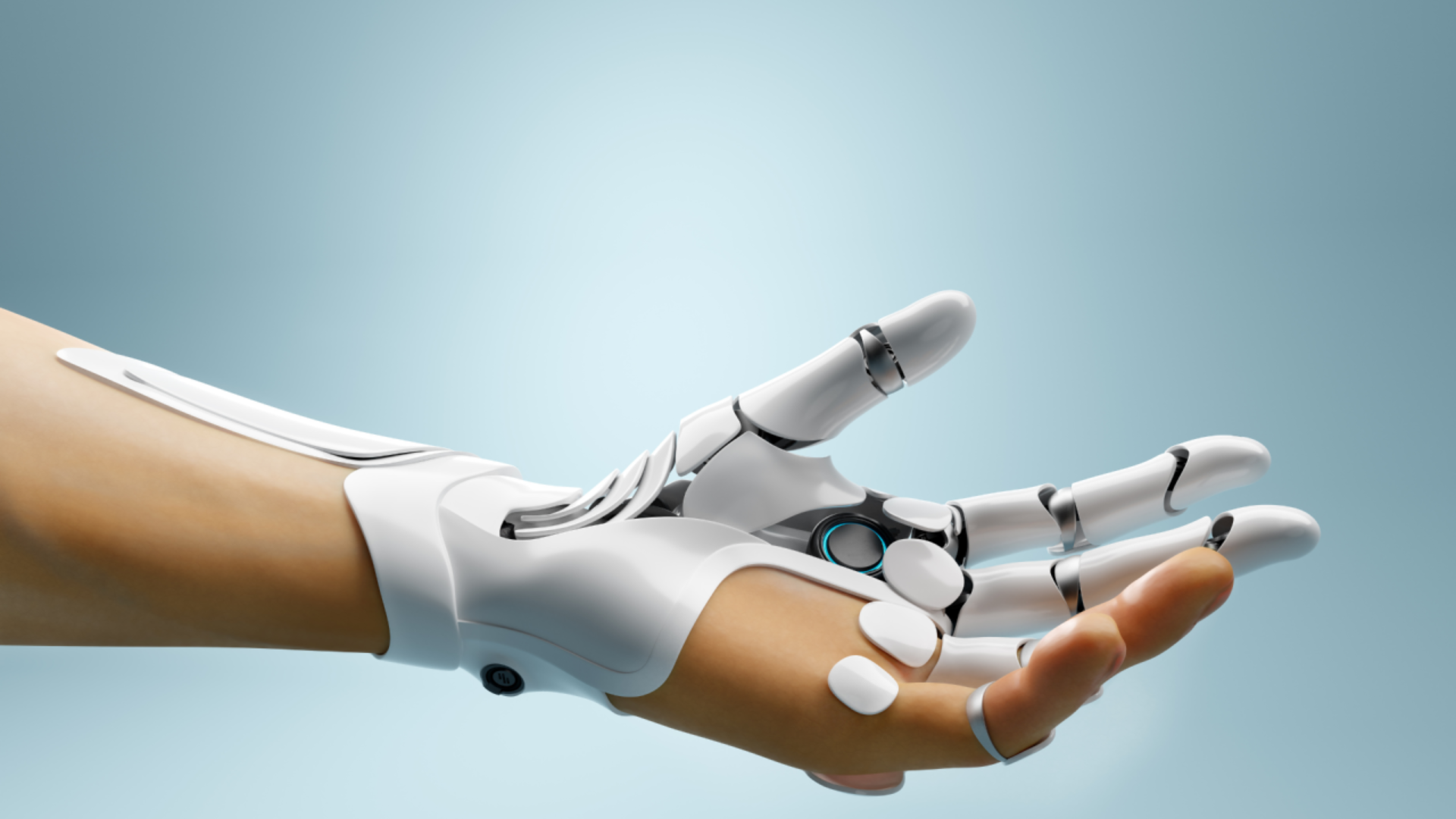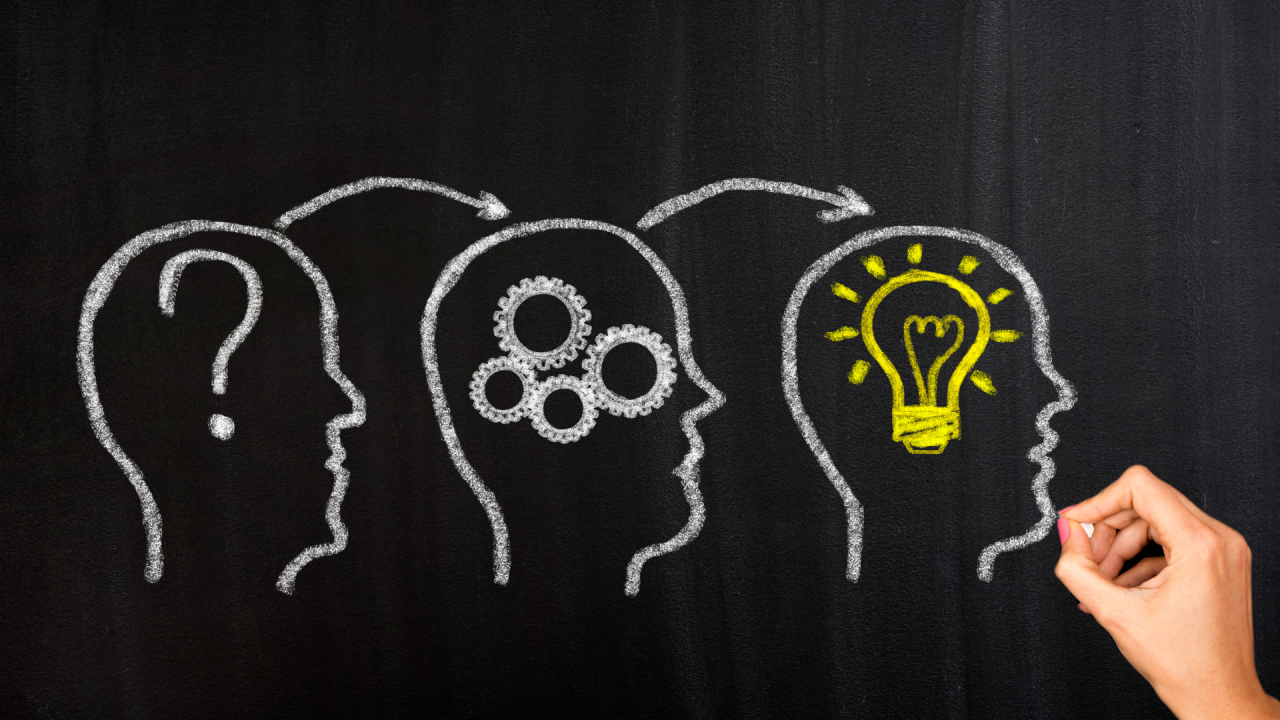2 min read
The Future of Digital Is Human
The journey towards digital starts with a story of humans using technology – an evolution that changed how we perceive, think, and act in the world...
…anything that can’t be automated will be incredibly valuable.
Whether we consider AI a tool, a collaborator, or a displacer, it will alter our experience as reasoning humans and permanently change our relationship with reality. The evolution of frontier systems performing tasks once considered exclusive to humans is prompting a reevaluation of our cognitive capabilities, self-worth, and the purpose of our working lives. These paradigm-shifting forces are leading to a reinvention of work with more human-centric processes across the entire value chain, as even the question of what human work should look like is under scrutiny today, forcing organizations to explore new operating models with redesigned business practices and processes.
As machines speed up, humans slow down to reflect, reason, clarify intent, assess risk, and regulate. Human work becomes more intentional, more relational, and more thoughtful by design. The demand for social and emotional skills and leadership in the workplace rises as a new form of human capital. As machines increase production and propose potentially viable alternatives, human creativity will contextualize, probe, evaluate, and drive innovation in ways algorithms cannot, highlighting the unique value of human skills in complementing technological innovations. The powerful combination of empathy and emotional intelligence sets humans apart from machines in the workplace. While technology can augment and enhance worker capabilities, it cannot replicate the nuanced understanding and human learnings that are an inherent part of every human interaction - and will shape the human role in AI.
For business leaders, humanizing the future of work and anticipating its challenges, pace, and new value proposition requires:
Foundational to digital transformation is the idea that new organizations will learn on multiple timescales as a reliable capability, just as early digital disruptors (now giants) have demonstrated. As we discussed earlier, machine learning will be exponential, combinatorial, and emergent, while human learning will be collaborative, experimental, and agile. Accelerating performance in new value creation will require organizations to do both well – automating everything that can and should be automated while recognizing the differentiating, enduring value of everything that cannot or should not be automated, aligned to our purpose and values.
To elaborate a bit more on the human learning ideas relative to pace and performance:
Before we adopted the term “business ecosystems” at LDS, we referred to the emerging and different structures of modern organizations as new business ecologies. Ecosystems or ecologies, both describe the flatter, porous walled, interdependent, and peer-to-peer nature of the new organizational system in the broad context of stakeholder capitalism. Here, business constituents represent a wide group of internal and external stakeholders -- customers, employees, shareholders, citizens, communities, society at large, co-creators, influencers, and policymakers. No surprise, then, connectedness is the way these ecosystems and ecologies move information, workflow, and ideas, and the interactions and exchanges therein are based on aligned purpose, shared value, and the byproducts of their exchanges and how they benefit all partners (such as the byproduct of shared learnings, for example).
It is apparent that these structures are not hierarchies - knowledge and work flow horizontally; leadership is enabling and empowering behind the team; and people are the epicenter of intelligent operating models, not cogs in a wheel of repetitive work. Cross-functional teams are the new “unit” of work, and these team structures are connected to each other and, separately, to constituents and other teams outside of the organization, in a “constellation” of relationships. The nature of these relationships in flatter, more empowered work structures are democratic, trusted, “give-and-get” exchanges. Suppose we can architect our organizations to better support these interactions. In that case, we will go a long way in creating a systemic structure that truly represents our new ways of working and collaborating.
Raising the emotional intelligence (EQ) of business leaders and managers to accelerate organizational performance is a critical transformation underway in connected organizations. Here, the goal is to develop the leader’s awareness and capability to remove or reframe patterns that impede creativity, fluidity, or hamper diverse contributions to solutioning and innovating. Instead of EQ, though, “relational intelligence” might be the better description of the emotional quotient needed in our new organizational systems. Relationships are themselves systems of interdependent parts. Given old work paradigms and norms, it is not surprising that people can be stuck in work relationship patterns that are insufficient or counter-intuitive to new relational dynamics.
Essential relationship skills such as self-awareness, empathy, active listening, conflict resolution, ability to build trust, persistent curiosity, a “one size doesn’t fit all” philosophy of people management, and a willingness to reframe power dynamics are all components of the increasingly important “alternative resume,” human-only skills needed to build exceptional teams and experiences. Leadership coaching can raise awareness and provide strategies for building these skills and reducing interference in organizational performance. By advancing relationship flexibility in leaders, creating awareness of cognitive distortions and confirmation bias, and offering alternatives to fundamental attribution errors where situational vs characterological attribution can be quite damaging to productive relationships, we see the “connecting leader” model emerge just in time to lead our transforming organizations. Right behind it, within sight, is the unfolding opportunity to humanize work with a premium value assessed on human time.
Almost a hundred years ago, at the onset of the Great Depression, John Maynard Keynes delivered a talk on “Economic Possibilities for our Grandchildren,” where he predicted what the year 2030 could look like if science and technology - along with compound interest -delivered sufficient material abundance such that “the economic problem” would not prove to be what he referred to as “the permanent problem of the human race.” Deprived of its traditional purpose, he suggested, humans would face the “real…permanent problem – how to use…freedom from pressing economic cares….to live wisely and agreeably and well.”
While the future remains uncertain, it is likely that converging, exponential technologies will dramatically change the world around us and redefine human work as we know it within the next decade. As Peter Diamandis’ book title suggests, the age of ‘Abundance,’ where resources are more accessible and scarcity is mitigated through innovation, is now close enough that an optimistic and proactive mindset should enable organizations to anticipate the possibilities and take action to create and shape it, rather than being apprehensive about it.
As technology meets most of our routine and analytic work needs, individuals will have the freedom to pursue creative and innovative endeavors and to engage in artistic, scientific, and technological pursuits that lead to further breakthroughs and advancements. Lifelong learning and education will become more accessible and democratized, enabling people to learn new skills, explore new fields, and expand their base of knowledge throughout their lives.
We are already seeing the early signs of technology evolving humanity, and humans navigating abundance. We should anticipate a faster-than-expected progression and begin now to connect the dots toward a promising future of human work that improves the likelihood of good outcomes and avoids regrettable setbacks. As Keynes was quoted as saying a century ago, “It is better to be roughly right than precisely wrong.”

2 min read
The journey towards digital starts with a story of humans using technology – an evolution that changed how we perceive, think, and act in the world...

3 min read
On July 18 of this year, OpenAI filed a trademark for GPT 5, a release that will be eagerly awaited because of anticipated power gains, more factual...

3 min read
Value Creation is the use of imagination or original ideas to create something new. Today, frontier technologies are forcing organizations to...